Affiliate links on Android Authority may earn us a commission. Learn more.
Does Instagram do Snapchat better than Snapchat?
Published onApril 19, 2017
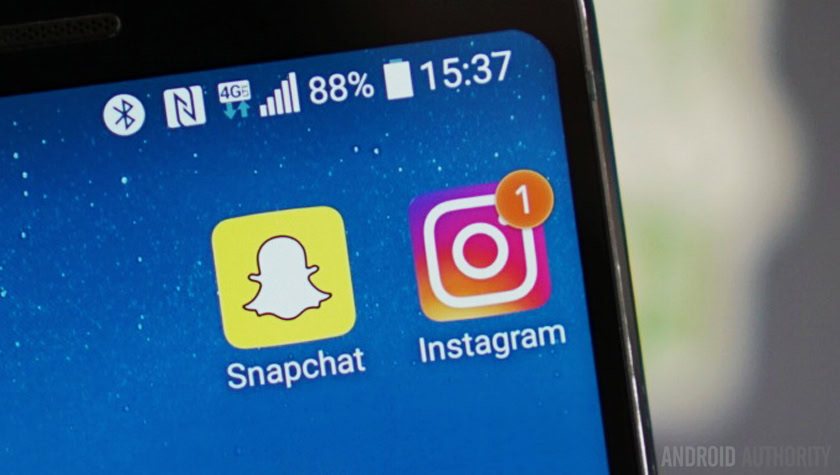
Snap Inc., as you may already know, is the company behind the insanely popular app, Snapchat. What started as a simple image messaging app by a bunch of Stanford alums went public just last month, with its stocks soaring 44 percent on the first day of trading.
However, not everything has been smooth sailing for Snap Inc.: just a few days ago, Instagram Stories – an irrefutable clone of Snapchat – celebrated 200 million daily users, a figure that surpasses the 158 million Snapchat users reported in February. This comical irony begs the question, “Does Instagram – and more broadly, Facebook – do Snapchat better than Snapchat itself?” The answer is: yes. And no.
Instagram Stories and Snapchat’s stalled growth
I remember when Instagram Stories first launched last August, some of us here at Android Authority were taken aback by Facebook’s shameless copying of Snapchat. Just like Snapchat Stories, Instagram Stories lets you take photos and short videos, doodle on them or add stickers, and upload them, before disappearing after 24 hours.
Instagram’s parent company Facebook eventually added this feature all across its main apps, including Facebook, Messenger, and WhatsApp. That’s not surprising given the company’s previous interest in Snapchat and Snapchat’s immense popularity, especially among millennials.
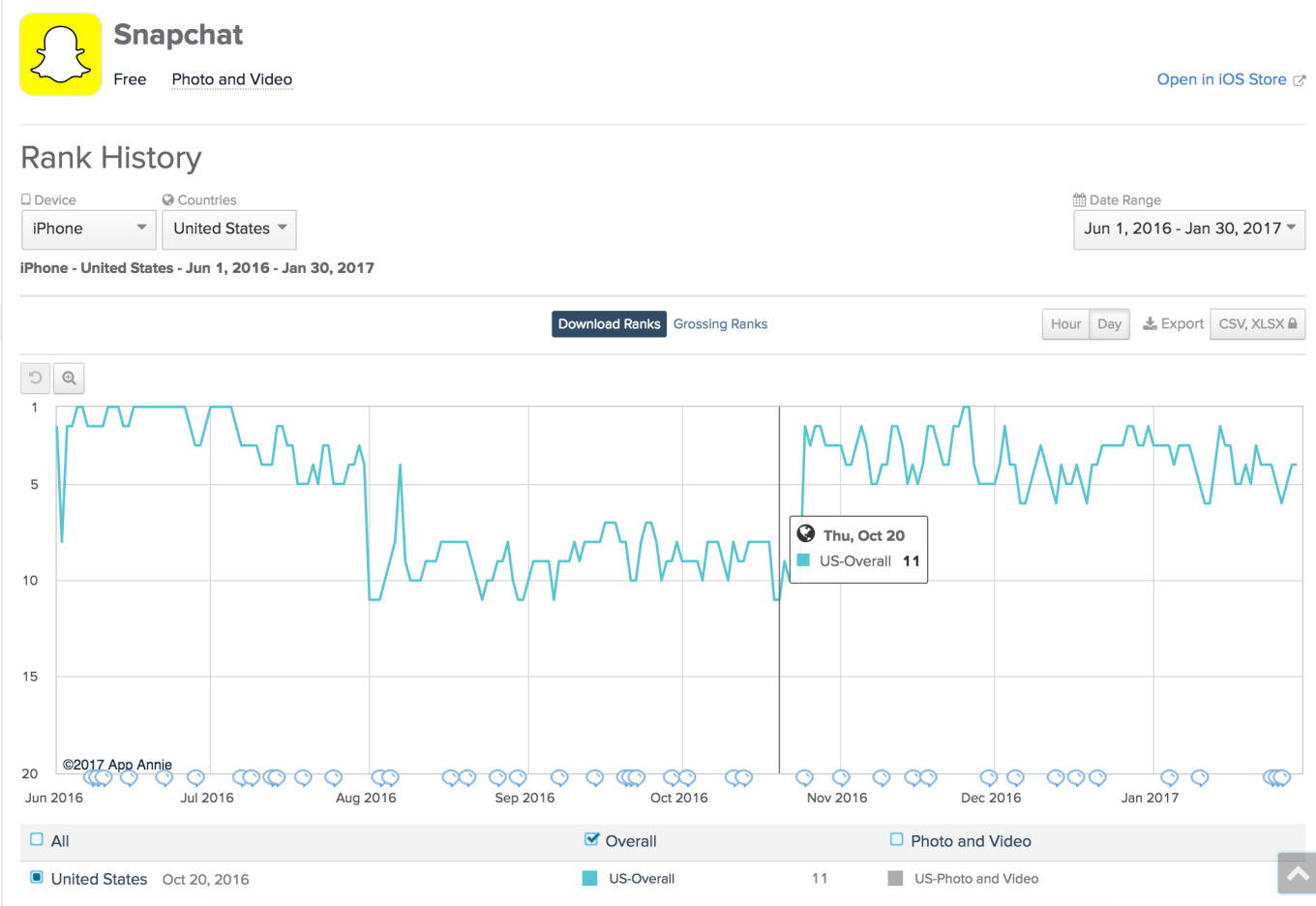
However, not only was the Instagram Stories feature an almost identical clone of Snapchat’s offering, raising some ethical concerns, but it also had a very negative impact on Snapchat, the OG, as I like to call it. As shown by App Annie above, the number of downloads for Snapchat dropped dramatically in August 2016, right around when Instagram Stories first launched. The number stayed relatively low until the beginning of November 2016 when it introduced World Lenses.
Nonetheless, the biggest trouble for Snap Inc. is that Snapchat’s user growth is slowing down. As you can see from the chart below, while the average number of daily users increased throughout 2016, towards the end – especially after the launch of Instagram Stories – its quarter-over-quarter growth went from double digits to a mere 3.2 percent. The truth of the matter is this: not only does Instagram Stories have more daily active users than Snapchat, but it is likely that it managed to steal away users from Snapchat.
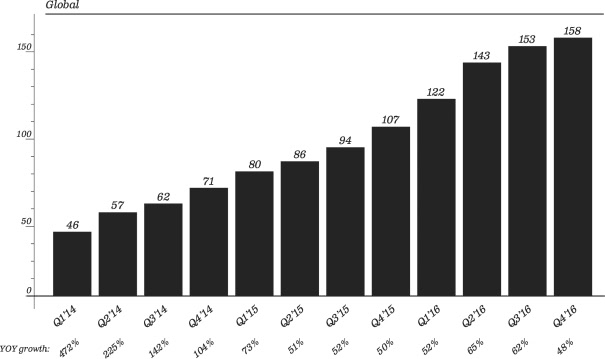
The truth of the matter is this: not only does Instagram Stories have more daily active users than Snapchat, but it is likely that it managed to steal away users from Snapchat.
Perhaps that was bound to happen given Instagram’s 400 million daily users and 600 million monthly active users. The next person you befriend is more likely to have an Instagram account than a Snapchat account. Clearly, for a lot of people, Instagram is beating Snapchat at its own game. So the question I’ve asked myself for the longest time is, “Should I even bother using Snapchat anymore?”
Why I stopped using Snapchat
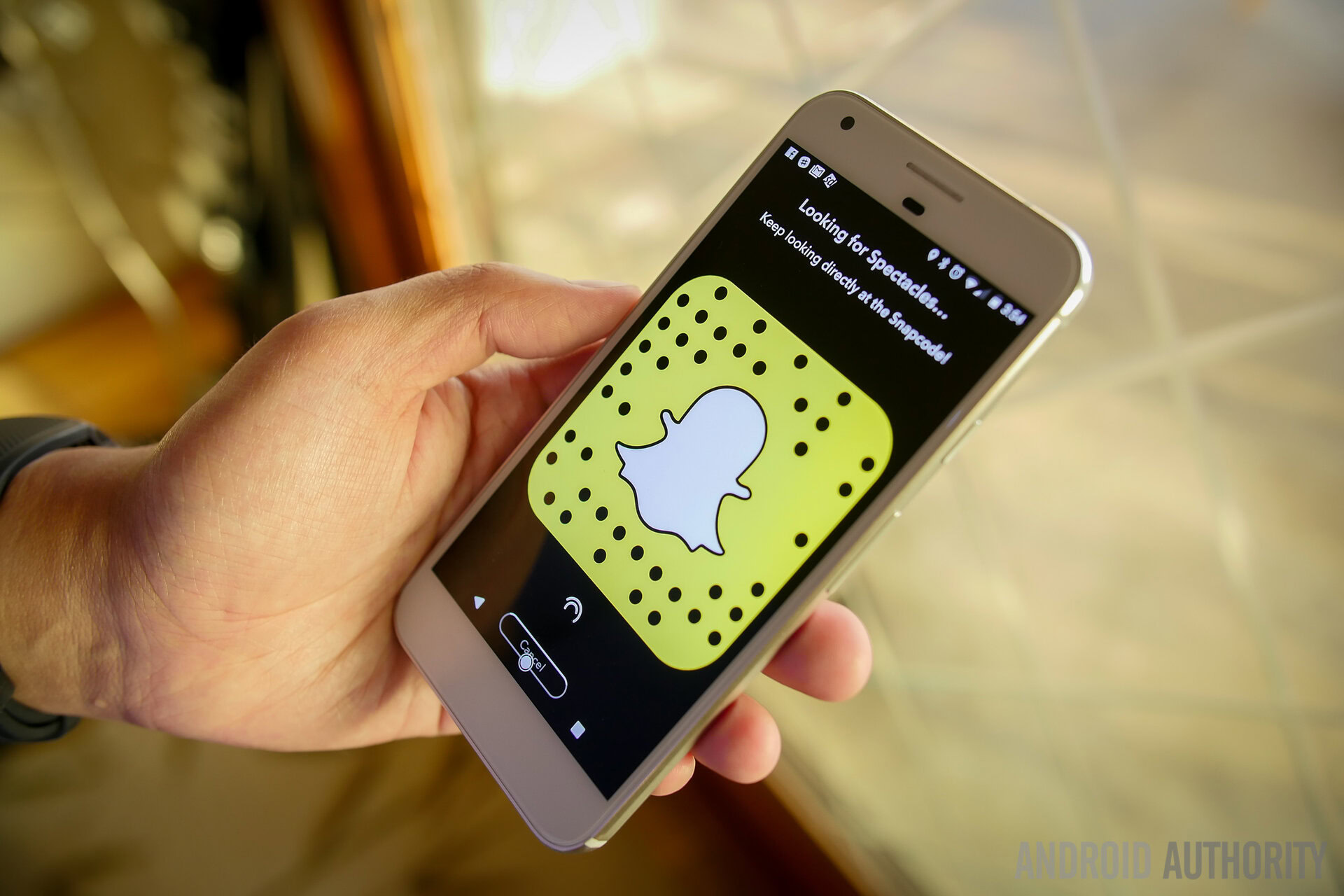
Eventually, I had hundreds of Snaps that were just left unopened.
My ultimate decision was to keep the Snapchat app but to keep myself logged out. Every moment of my first year at university was documented on Snapchat, and it was a similar story for my friends and most 20-something-year-olds around the US: we’d exchange Snaps endlessly throughout the day, from mundane little things to big life events. However, there was a visible change over the course of my undergraduate career. Asking for people’s Snapchat IDs became more and more awkward, and coming up with clever drawings and captions became a tedious task. Eventually, I had hundreds of Snaps that were just left unopened.
To be fair, my loss of interest in Snapchat did not happen because of Instagram Stories per se, but now that Instagram Stories exists, I don’t feel the need to use Snapchat. After all, I have far more friends on Instagram than on Snapchat, and if I’m going to post on Instagram – which I do – then it feels redundant to post on Snapchat as well. Simply put, when these two apps are practically identical even down to the UI, it’s a matter of convenience, and Instagram wins in this regard. I don’t think it’s an exaggeration to say that a significant number of millennials – especially those in their 20s – feel the same way.
Simply put, when these two apps are practically identical even down to the UI, it’s a matter of convenience, and Instagram wins in this regard.
Snapchat stars are apparently seeing a change too: according to TechCrunch, social talent agent Charlie Buffin, who represents former Vine stars, said that average views per day decreased by as much as 30 percent. Another Snapchat star, Hannah Stocking says that her Snapchat Stories views went down from 150,000 in August 2016 to 90,000 in 2017 despite gaining more subscribers and followers on other social media platforms.
As eMarketer’s study suggests, the growth in Snapchat users is driven by older generations now: the number of Snapchat users who are over 45 more than doubled last year whereas for 18-to-24-year-olds, the growth decreased from 38 percent in 2015 to a mere 15 percent last year.
eMarketer’s forecasting analyst Jamie Chung explains, “Newer groups are now more likely to tune in for content. The platform has multiple partnerships with television networks for mini-episodes. Meanwhile, the younger groups are less likely to add Snapchat when Instagram Stories can fulfill their broadcasting needs,” and he’s partially right. As Facebook continues to push AR camera features and image sharing capabilities within its apps, younger generations are likely to see Snapchat as an unnecessary duplicate.
What Snapchat does better (and its fate)
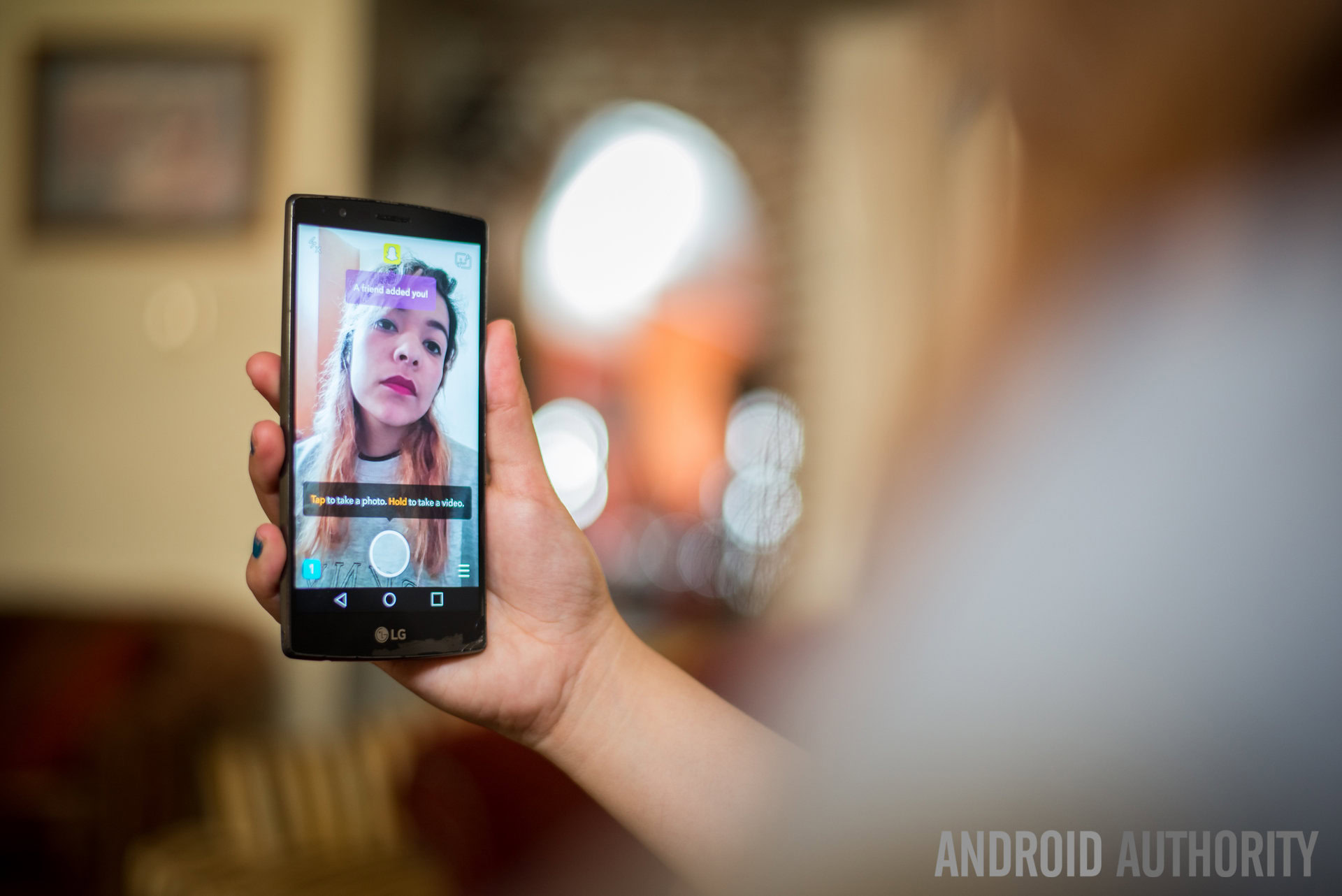
That is not to say that Snapchat is finished as we know it. Far from it. The recent reports of Instagram Stories’ success are based on the 24-hour image-sharing aspect of Instagram, not image messaging. Of course, it was only very recently that Instagram introduced disappearing direct messages, but so far, I know of only one friend who has used Instagram to send disappearing photos and videos. Snapchat is still the place to go to for those, it seems.
And there is also the question of privacy: Snapchat, unlike Instagram, is a relatively private social media app. On Instagram, using certain hashtags could attract a few dozen followers who are complete strangers – strangers who can view your Stories and can even comment on them. On Snapchat, it’s entirely different: Snapchat IDs are exchanged in person or through existing contacts, and there’s no way for a complete stranger to find you and view your Stories without your permission. While some criticize Snapchat’s focus on private messaging as its ultimate downfall, I think that’s a reason why Snapchat will continue to be an extremely popular app.
While some criticize Snapchat’s focus on private messaging as its ultimate downfall, I think that’s why Snapchat will continue to be an extremely popular app.
However, socioeconomic barriers could be another challenge for Snapchat. Snap Inc.’s often controversial CEO Evan Spiegel faced heavy criticism online after a former employee claimed that Spiegel had said the app was “only for rich people” and that he did not want to “expand into poor countries like India and Spain.”
Snap Inc. has officially denied the claim, calling it ridiculous. Whether that’s true or not and whether Snap Inc. intended it or not, Snapchat seems to be more widely-used amongst more affluent teens. A recent study finds that teens from higher socioeconomic households (more than $50,000 yearly income) tend to use Snapchat more than other social media apps.
The task for Snapchat, in other words, is doubly burdensome.
Facebook boasts an eclectic range of users, and Instagram certainly benefits from that. So in that regard, Facebook and its core apps have an upper hand; that’s why Snapchat must do more to appeal to a broader audience. The task for Snapchat, in other words, is doubly burdensome: it must retain those whom it first attracted – millennials – while creating ways to branch out to generations from across the demographic spectrum.
What are your thoughts on Instagram vs. Snapchat? Have you migrated from Snapchat to Instagram? Are you still a prolific Snapchat user? Let us know!